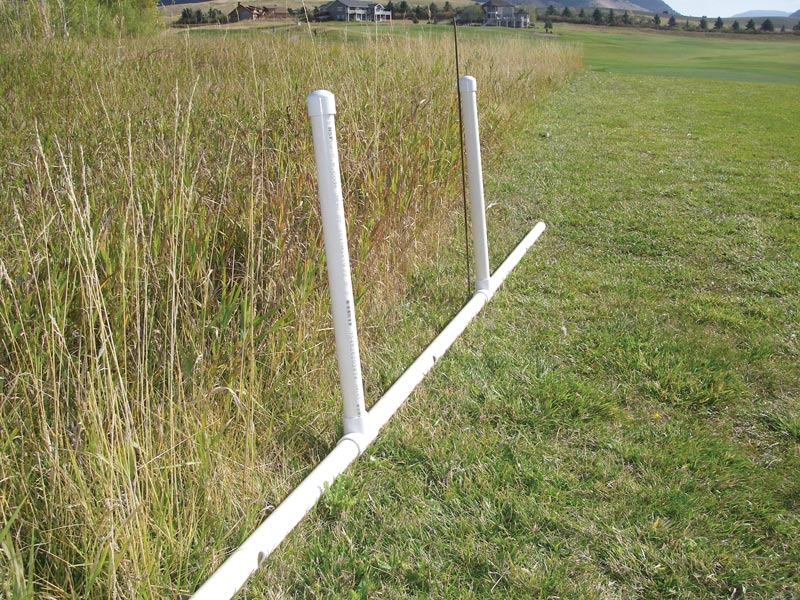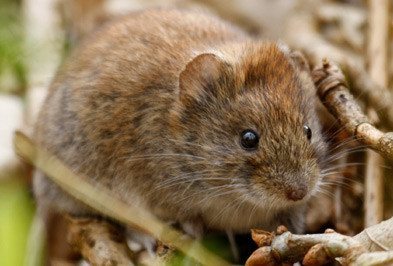Shield Your Grass: Reliable Vole Control Techniques
Shield Your Grass: Reliable Vole Control Techniques
Blog Article
Comprehensive Guide to Reliable Vole Parasite Control: Invasion Identification and Therapy Techniques
In the realm of reliable parasite control, vole problems present an unique difficulty that requires a critical technique. By checking out the nuances of vole behavior, recognizing key signs of problem, and evaluating a range of control choices, one can establish a thorough strategy to fight these elusive bugs.
Recognizing Vole Behavior
Vole habits is identified by their tunneling routines and rapid reproduction prices, making them a difficult insect to regulate effectively. Their quick reproductive price further makes complex control initiatives, with females capable of generating several litters in a solitary year, each consisting of a number of children.
Voles are most energetic throughout the very early morning and evening hours, spending the majority of their time foraging for food. Their burrowing practices not only disturb lawns and gardens but also make them testing to remove and find. Comprehending vole actions is vital for efficient parasite control methods. By identifying their burrow areas, monitoring feeding areas, and implementing targeted control techniques, such as capturing or habitat alteration, vole infestations can be handled successfully.
Indicators of Vole Infestation

Prevention Techniques
Implementing effective avoidance approaches is important in lessening vole problems and guarding plant life from their harmful feeding habits (vole yard damage). To stop vole problems, it is important to start by getting rid of prospective food resources and shelter. Keep lawn and plants cut short, eliminate weeds and particles, and keep a clean yard or yard to make the location much less attractive to voles. Installing barriers such as hardware towel or below ground fencing can also help deter voles from going into certain locations. In addition, reducing excess moisture by fixing leaky pipes and ensuring proper drainage can make the atmosphere less congenial for voles.
On a regular basis examining the building for indications of vole activity, such as paths and tunnel openings, is essential for early discovery and timely action. Think about using catches or repellents tactically placed near their paths if vole activity is thought. Employing all-natural predators like owls or snakes can likewise help maintain vole populaces in check. By carrying out a combination of these avoidance garden enthusiasts, methods and house owners can click this site effectively shield their plants from vole damage.
Non-Lethal Control Approaches
To successfully take care of vole populaces while prioritizing gentle approaches, non-lethal control strategies offer practical solutions for lowering vole damages in yards and landscapes. These obstacles can be hidden at the very least 12 inches deep and bent at a 90-degree angle to prevent voles from burrowing underneath.

Lethal Control Options
One reliable technique for attending to vole infestations in landscapes and gardens involves the strategic use deadly control options. When confronted with a severe vole infestation that non-lethal techniques have fallen short to include, implementing deadly control browse around this web-site measures comes to be important. One commonly used deadly control alternative is the use of breeze traps. These catches are developed to promptly and humanely kill voles upon activation, making them a preferred selection for many garden enthusiasts and landscapers. To boost the performance of snap traps, it is suggested to put them in locations where vole task is high, such as along paths or near burrow entrances. An additional dangerous control alternative is the utilization of harmful baits particularly created to target voles. These lures have poison that is ingested by the voles, causing their eventual death. However, care should be worked out when making use of hazardous lures to avoid harm to non-target go pets or pet dogs. On the whole, when employing lethal control choices, it is vital to do so sensibly and based on neighborhood policies to efficiently handle vole infestations.
Final Thought
Finally, reliable vole insect control calls for a detailed understanding of vole behavior, recognition of signs of problem, implementation of avoidance techniques, and usage of both deadly and non-lethal control approaches. By integrating these approaches, people can efficiently manage vole populaces and secure their residential or commercial property from damages. It is essential to attend to vole infestations promptly to stop further concerns and reduce the influence on the surrounding setting.
Offered the elaborate passage systems and fast recreation rates characteristic of voles, identifying the signs of vole infestation comes to be important in efficient parasite control. One of the primary indicators of vole existence is the existence of surface area paths or trails in turf or snow, commonly about 1-2 inches broad, produced as voles take a trip in between their burrows and food resources.To effectively manage vole populations while focusing on gentle approaches, non-lethal control techniques use practical services for minimizing vole damages in gardens and landscapes.One efficient approach for attending to vole problems in landscapes and yards includes the tactical use of lethal control options. vole control.In final thought, effective vole parasite control calls for an extensive understanding of vole actions, recognition of indicators of problem, execution of avoidance approaches, and application of both lethal and non-lethal control methods
Report this page